A step towards change:
The Fremantle Biennale
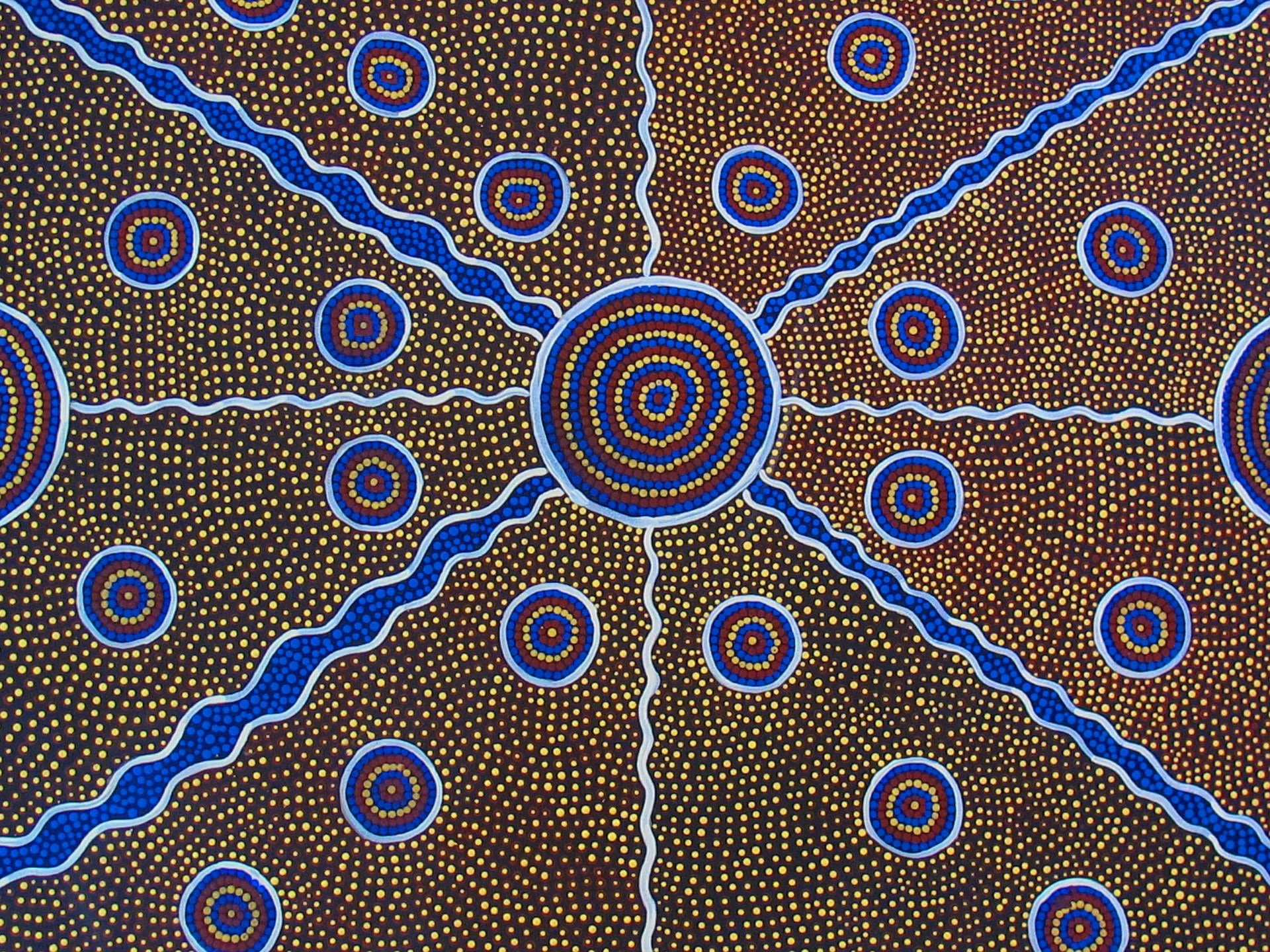
Moombaki.
A spectacle of light illuminating the night sky with whispers of ancestors past.
Under the Nyoongar word for “where the river meets sky", the creators of Moombaki are setting 160 drones to flight over the bilya and wardan (river and ocean) to tell a tale beyond words.
Moombaki is one of many site-responsive art displays in the Fremantle Biennale, an event that celebrates Walyalup’s (Fremantle’s) past and present in the form of exhilarating artistic festivity.
The line-up rejoices in WA's First Nations histories.
This year's Biennale, title CROSSING 21, harks back to the Whadjuk Nyoongar people’s devastating loss of the sandstone tidal land bridge more than 100 years ago.
Presented by First Nations and non-Indigenous West Australian artists, the Biennale aims to entice the human mind by exposing and commemorating the cultural and historical distinctiveness of Walyalup.
Moombaki creator Ilona McGuire made her piece in honour of her Indigenous ancestors.
“Although as a contemporary artist I am often working with modern mediums, my motivations are always to honour my ancestors in some way,” Ilona said.
“It would be remiss of me not to share the stories that express the significance of the Derbarl Yerrigan (Swan River).”
The Biennale is held every two years in the Nyoongar season of Kambarang (November) - the season of vibrant colours and flowers blooming throughout Country.
Biennale creator Tom Muller said he made the event in light of Walyalup’s heritage and having his dream of making art available to all come true.
“We founded the Fremantle Biennale with the aim of revealing, interrogating, and celebrating the cultural, social and historical distinctiveness of Fremantle, while also making art openly available for all,” Tom said.
“We want art to be accessible and for the public to interact with it- we are big believers in the fact that you don’t have to dumb down art to reach a wider audience.
“Having the privilege to move between the various layers of this epic project is truly humbling, and reminds me, time and time again, how far we have to travel to invite real change into our present.”
In 2016, the Australian Bureau of Statistics estimated the number of Indigenous Australians in 2021 to be 881,600, or 3.4 per cent of the population.
The Australian Institute of Health and Welfare states that one in five Indigenous Australians live in remote areas compared to one in 50 non-Indigenous Australians.
The small population of Indigenous Australians need to be seen, heard, and cherished - and the Fremantle Biennale is built to represent them all.
Whadjuk and Balardong Nyoongar cultural advisor Sandra Harben said she was “proud of the Biennale’s work.”
“The event is a wonderful opportunity for both Nyoongar, Aboriginal and non-Aboriginal people to collaborate on artistic work whilst bringing a cultural understanding to place and space,” Sandra said.
“I believe the Biennale is a progressive step forward for Indigenous and non-Indigenous West Australians to be united."
The artists’ individual unique links to Walyalup and its Native past allows them more room for creativity and expression.
European settlement wiped out half of Australia's Indigenous languages, and about 100 more are in serious danger of being lost.
This fact inspired creators of Bullhorn Clint Bracknell, Callum G’Froerer and Trevor Ryan to create their activist piece with Black Lives Matter chants of protest and Nyoongar performers.
Bullhorn has its core in ceremonial marches, centring around the bull shark and the brackish water where the saltwater meets the river; a place-based performance work with hope.
“The Biennale is very much in-step with addressing the clear and growing demand for Aboriginal and Torres Strait Islander creativity in Australia’s arts sector and has supported us to present this ambitious work as part of the team," said Clint.
“In terms of breaking down division in society, other sectors could learn a lot from arts organisations like the Biennale.”
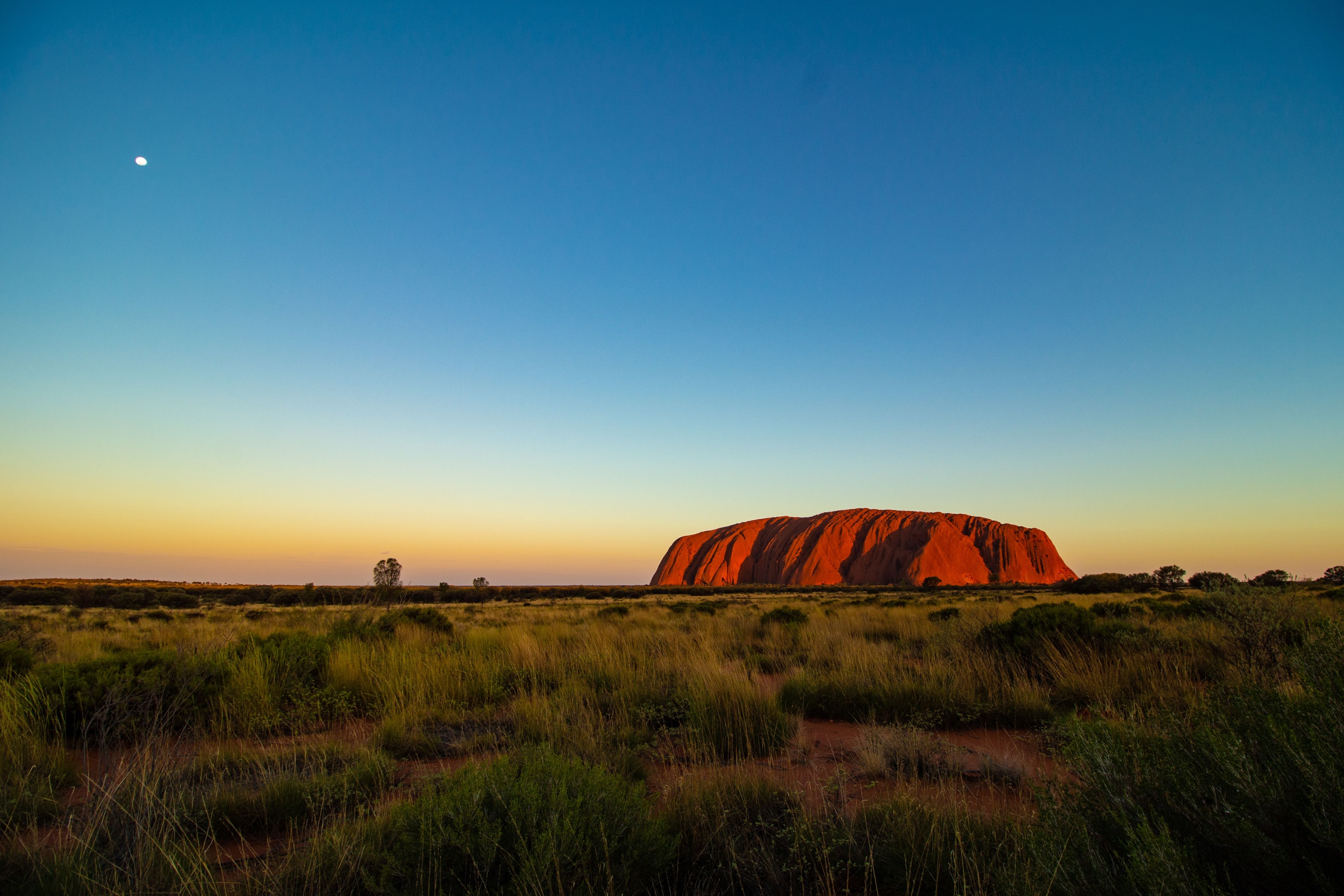
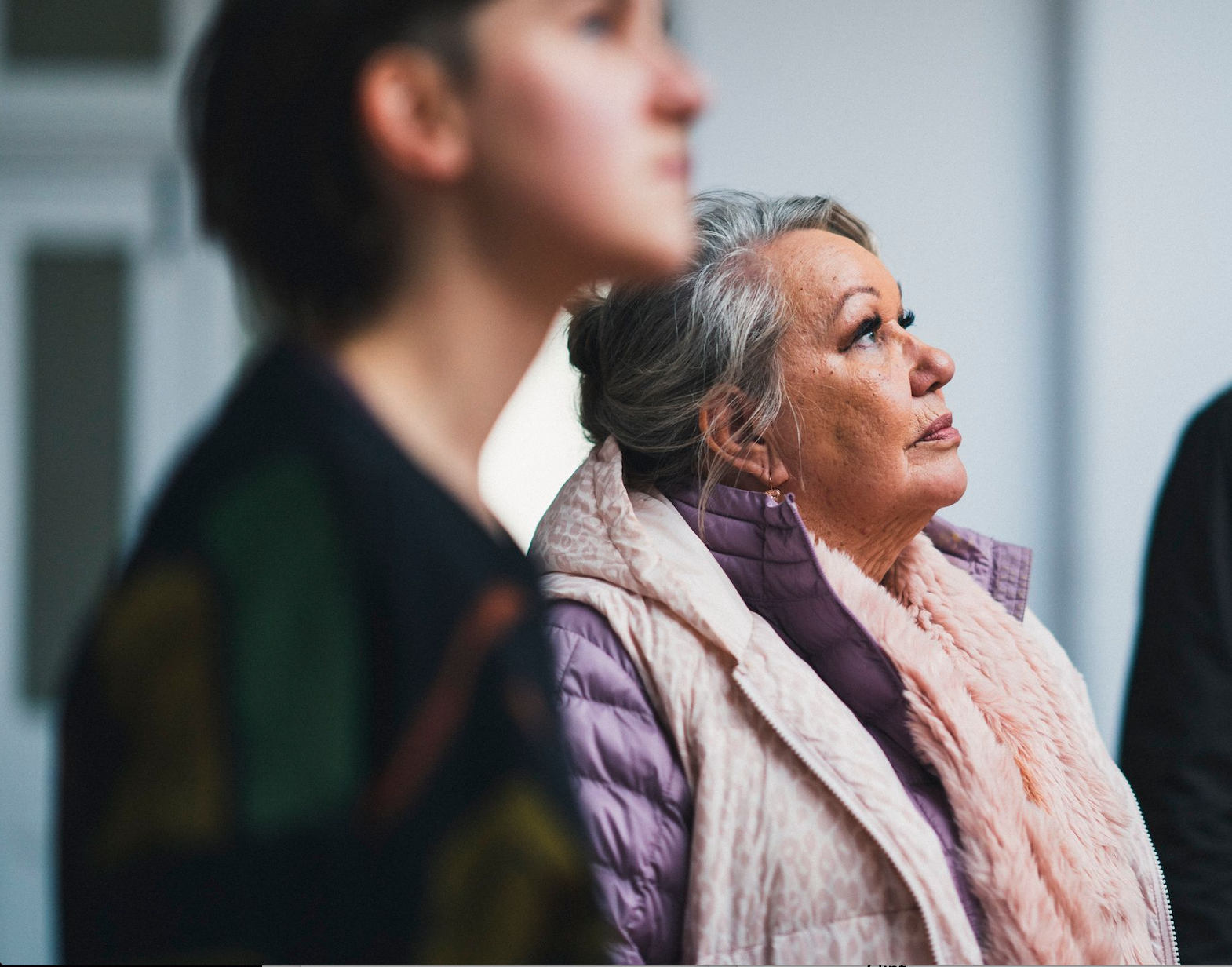
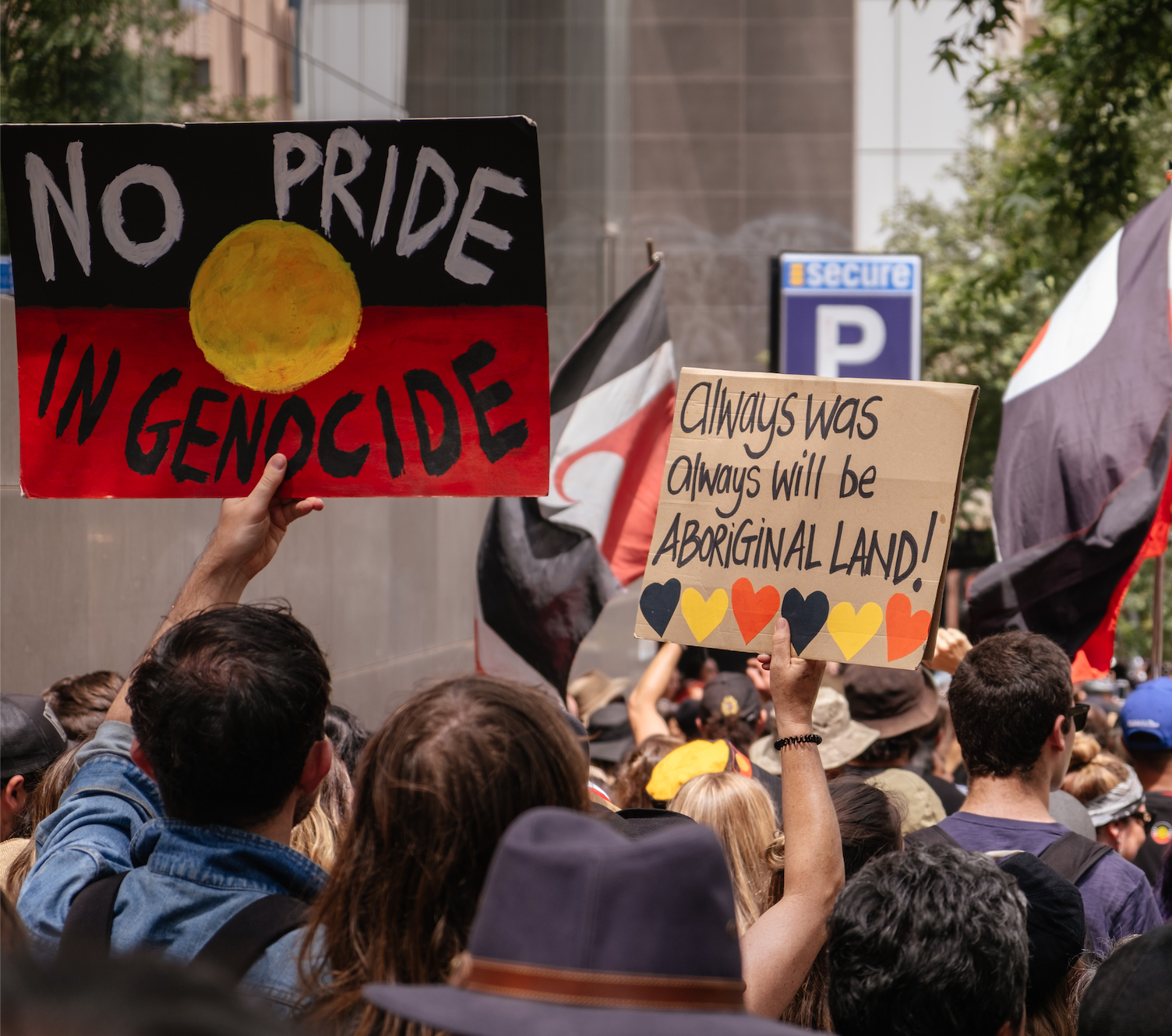
The City of Fremantle has partnered with the curators of the Biennale to showcase their support for the artists and the cause behind each piece.
Council Arts and Culture Manager Kathryn Taylor believes Fremantle’s distinctiveness is a perfect set for such a festival to unfold.
“The ambition of the partnership is to build the City’s reputation as a creative city and to expand contemporary artistic and cultural programming opportunities for artists and audience,” Kathryn said.
“The Aboriginal partnerships and consultation the Fremantle Biennale has invested in creates opportunities for storytelling, conversations and reflection, critical in the reconciliation journey.”
The Council’s support is reflected in sponsoring the event and allowing the curators to sprinkle their site-responsive pieces in different locations across Fremantle and other suburbs.
The sites for CROSSING 21 will trace the Derbarl Yerrigan shore from Walyalup, to Dyoondalup (Point Walter), through to Derbarl Nara (Coogee Beach).
The historical significance of these locations is why they were selected to host this year’s Fremantle Biennale.
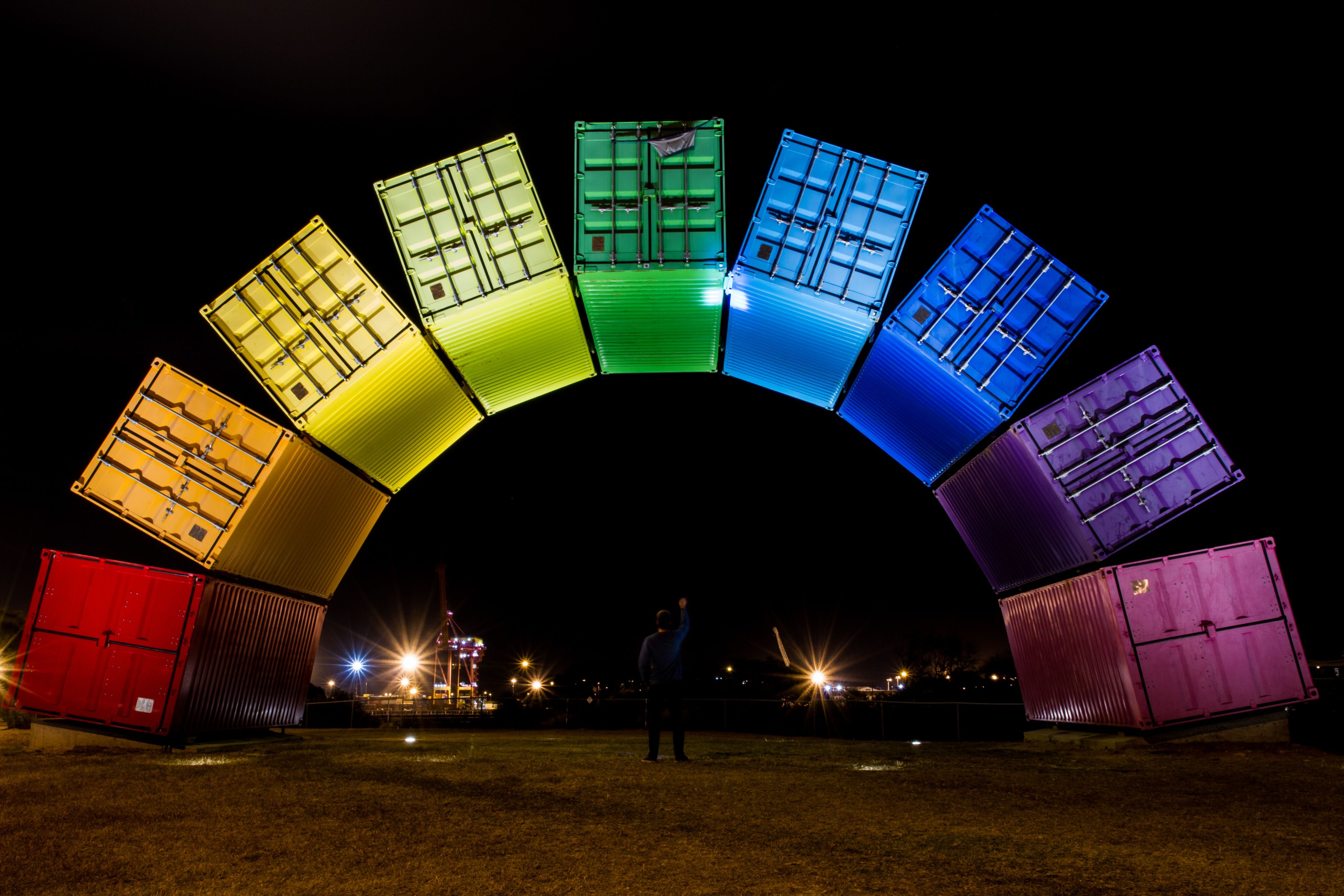
The iconic crates of Fremantle. Photography by Sebastian Davenport-Handley.
The iconic crates of Fremantle. Photography by Sebastian Davenport-Handley.
From traditional dances to spoken acknowledgements, Australia is taking the necessary steps towards reconciliation.
The beauty that radiates from Indigenous art is finally being celebrated throughout Australia, commemorating the oldest culture on earth.
The Fremantle Biennale's efforts to unite First Nations peoples and non-Indigenous Australians together have not gone unnoticed, and it is now the start of a long awaited domino effect.
The Fremantle Biennale opens with Moombaki on November 5, culminating in a closing party at the Maritime Museum on November 21.